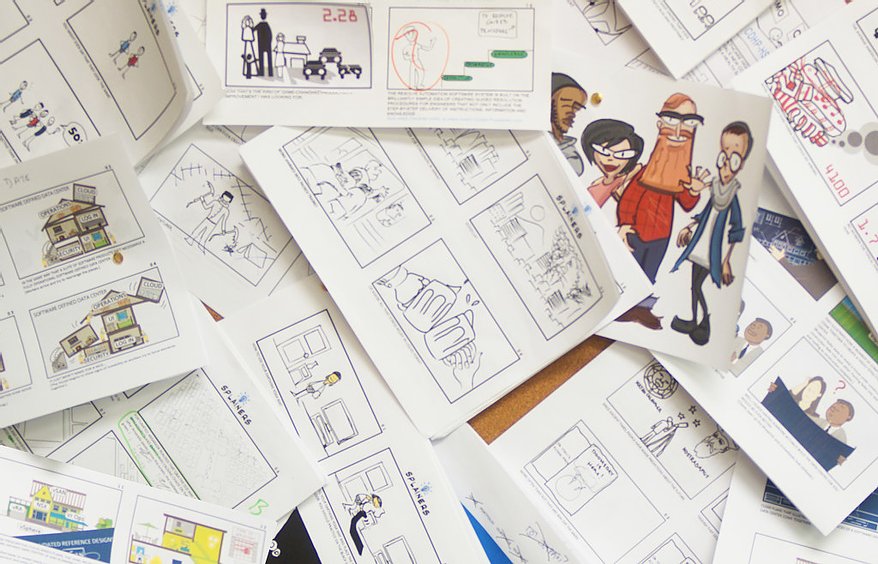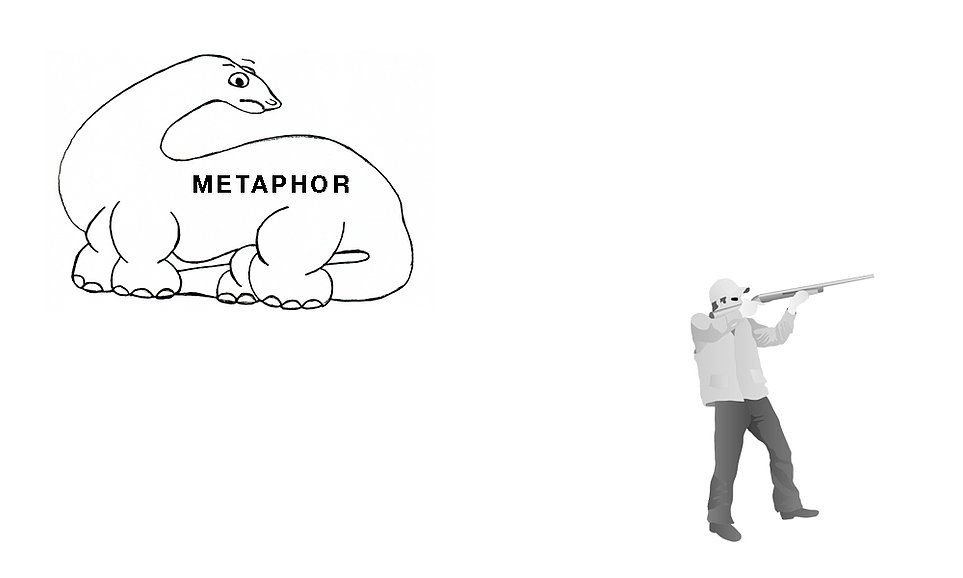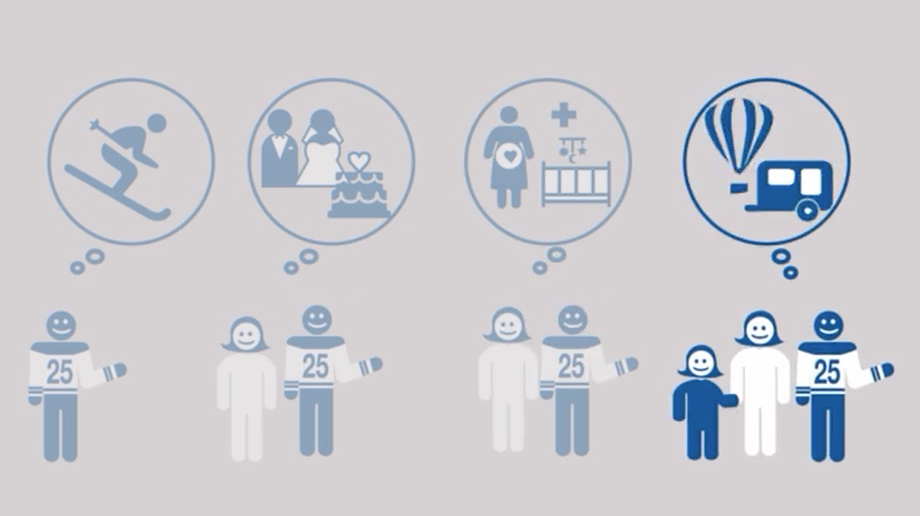Clients come to us asking for ‘videos.’ However, what they really want are compelling stories that bring their ideas to life. Here are some secrets for how we find them.
As most of you have probably learned, stories don’t always come easily. While we like to believe that good stories are an extension of our creative imaginations, they are just as often the result of hard work and good strategy. Below are our creative team’s secrets for taking storytelling to a higher level.

1. Imagine a world in which your product or idea doesn’t exist. What happens to your audience in this world? Will they have to use an inferior product? Will their work be more complex and stressful? There’s a reason this is one of the first questions we ask on our client Story-Focuser Questionnaire. It consistently forces you to think in terms of outcomes and benefits – and that’s often where stories begin.
2. Talk to people who are not stakeholders. The people who invent, produce and market new ideas are often too invested in their products to see them objectively. They tend to focus on details and features that don’t play a big role in their audience’s story. Moreover, stakeholders will often weaken a story’s impact by trying to pack in too much information. By talking more with customers, users, and outside pros (Splainers!), you’ll quickly get to the essence of your idea and likely discover some fresh and fascinating perspectives.

3. Bounce ideas off of everything. Everything around us can be an idea ‘satellite.’ Take an idea or product and conceptually bounce it off anything that comes to mind. How does it relate to a new app? Where does your new initiative intersect with the work Mike is doing in HR? How would a taco truck benefit from it? Can you use it on a ferry ride? Great stories are always waiting!
4. Go hunting for metaphors. Think about what the product does and then find a simple (or crazy) metaphor that can explain it. Some of our best videos have come from interpreting those metaphors in a literal sense. There’s a reason nearly every culture throughout history has used metaphors to explain things. They’re fun and extremely memorable.

5. Let go of logic. It’s easy to inject product details and marketing messages into a video later on in the production process. It’s much harder to inject crazy sauce into a fully formed script. At Splainers, we’ve learned it’s that bit of craziness that often gives stories their magic. Let the brainstorming get wild.
6. Think up some personas. Though personas can often become overly stereotypical, thinking up fictional users is a good way to plant your feet in other peoples’ shoes. Many of our most popular characters began their lives as personas.

7. Forget words. Many of the most compelling stories can be told just using visuals. Before jotting down text, play with images in your mind. Dream up situations. Gestures and facial expressions alone can tell us a lot about what people are thinking and feeling. Video is a visual medium and visuals elicit emotion. Jumping too quickly to words might make some of this emotion get lost in the translation.
8. Start with the problem. A good story often starts out with a problem that needs to be resolved. You see this kind of ‘hook’ in movies and commercials all the time. And it always works because every product, idea or company policy is designed to solve some sort of fundamental problem. Mix in some emotion as you demonstrate how your idea solves the problem and you’ve got yourself a story.
Ready to tell your story? Contact Splainers today.
